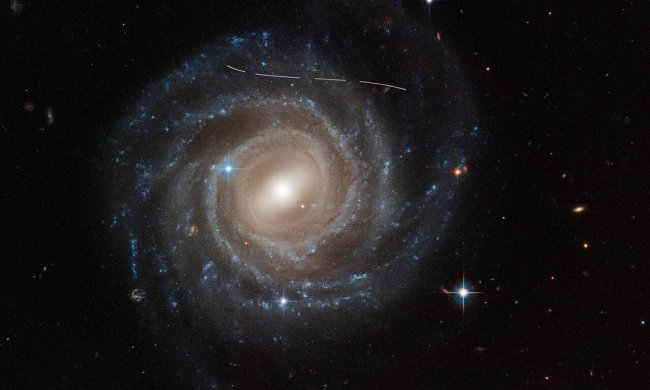A team of researchers working in Antarctica have discovered a massive meteorite, weighing in at a hefty 17 pounds. Rocks falling to Earth from space aren’t uncommon, but it’s very unusual for such a large one to be found. Studying such meteorites can help scientists learn about early conditions in the solar system and even about how planets form.
The researchers found a total of five meteorites, including the gigantic 17-pounder. Antarctica is an inhospitable place for humans but a great location for meteorite hunting, thanks to its combination of dry climate and snowy conditions, which make it easier to spot dark hunks of rocks.

As the coldest place on Earth, though, Antarctica is a difficult place to work — even if it is stunning to look at. “Going on an adventure exploring unknown areas is exciting,” said lead researcher Vinciane Debaille of the Université Libre de Bruxelles in Brussels. “But we also had to deal with the fact that the reality on the ground is much more difficult than the beauty of satellite images.”
Four team members had scoured the white continent for meteorites, using satellite imagery that had been used for mapping to locate the monster find. “Size doesn’t necessarily matter when it comes to meteorites, and even tiny micrometeorites can be incredibly scientifically valuable,” said Maria Valdes of the University of Chicago, one of the researchers, in a statement. “But of course, finding a big meteorite like this one is rare, and really exciting.”
Researchers estimate that of the approximately 45,000 meteorites found in Antarctica to date, only around 100 are this big or larger. Along with the four other meteorites discovered by the team, it will now be shipped to the Royal Belgian Institute of Natural Sciences for study.
Meteorites are scientifically valuable because they originate from beyond Earth, bringing a piece of the solar system to us for study. They can come from asteroids, comets, or even be pieces of other planets that have been blasted off by an impact. They can also reveal information about the early stages of the solar system because they can be extremely old and well-preserved due to their time in space.
“Studying meteorites helps us better understand our place in the universe,” said Valdes. “The bigger a sample size we have of meteorites, the better we can understand our Solar System, and the better we can understand ourselves.”



